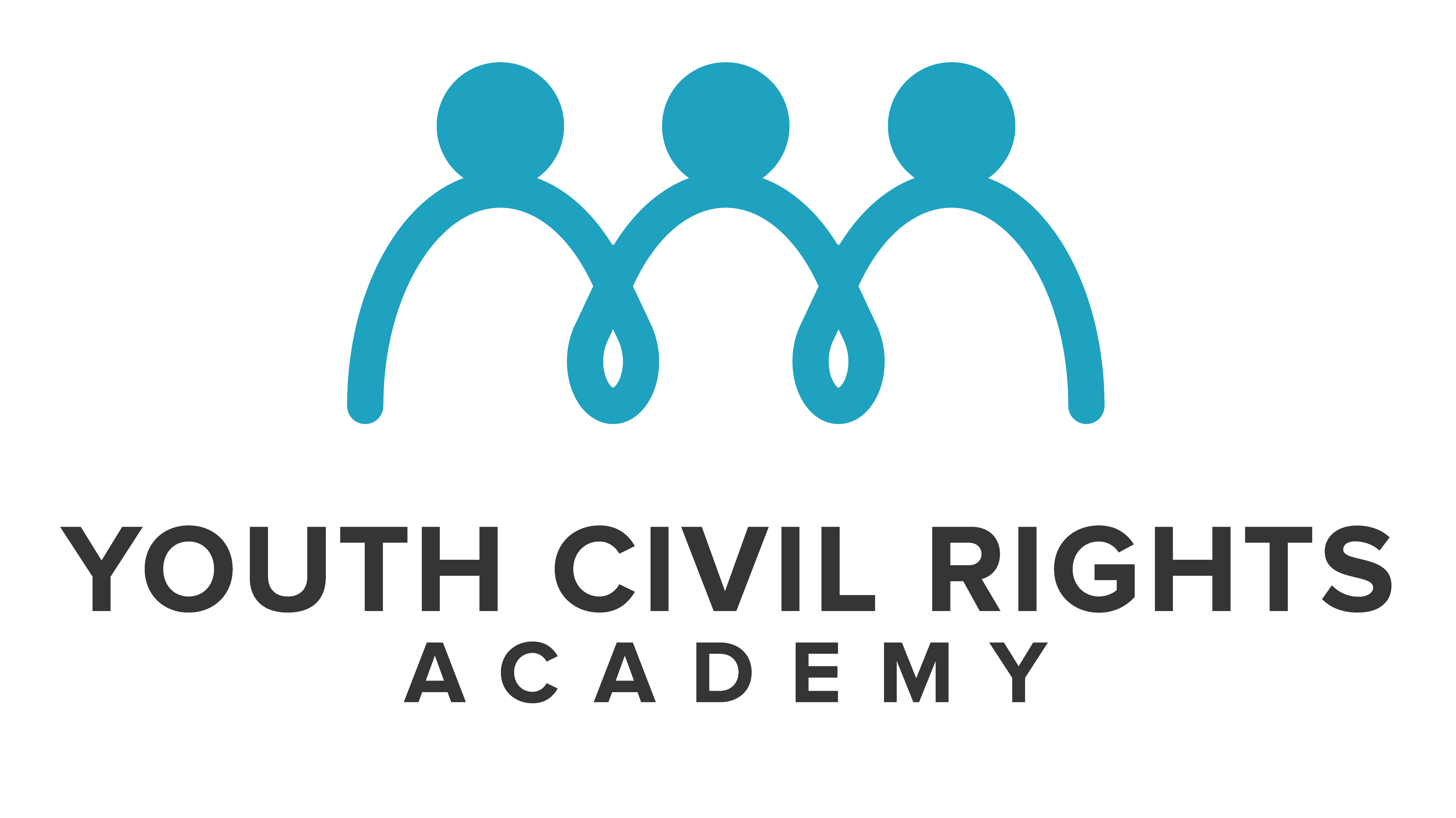
Sports for Social Justice
Sports can be a force for civil rights and social justice. Athletes have influence in schools and communities and, when they speak up on the issues, it matters.
Here, University of Michigan students Kayla Douglas and Sara Driesinga, interview UM Athletic Director Warde Manuel about sports for social justice. All three were high school and college athletes, and believe strongly that athletes should step forward and speak out on the issues of the day.
Warde believes that athletes should go beyond the playing field to leadership roles and work for positive change in their schools and communities.
QUESTIONS TO CONSIDER AND DISCUSS
- Why are sports so important in society? Why do some athletes have influence?
- Is there an athlete in your school or community who has influence and, if so, are there ways that he or she could strengthen social justice?
- Who are some of the athletes that have spoken out before, and on what issues? Title IX and women’s rights? Racial discrimination? Disparities between communities?
- If you were the captain of a sports team, and wanted team members to take action for social justice, what would they do?
- Is there a sympathetic coach in your school who might inspire team members to take leadership roles? What would it take for you to talk with them about sports for social justice?
- What would it take – for an athlete, coach, or you – to organize a meeting of athletes to discuss sports for social justice?
Tra le principali direzioni ci sono quelle endocrinologiche, gastroenterologiche, cardiologiche, neurologiche, farmaci contro il raffreddore e altri farmaci. L’azienda reinveste annualmente fino al 90% dei profitti nello sviluppo. Oggi i prodotti Farmak visita questo sono rappresentati in oltre 40 Paesi dell’UE, dell’America centrale e meridionale, della CSI, del Medio Oriente, dell’Asia, ecc.



